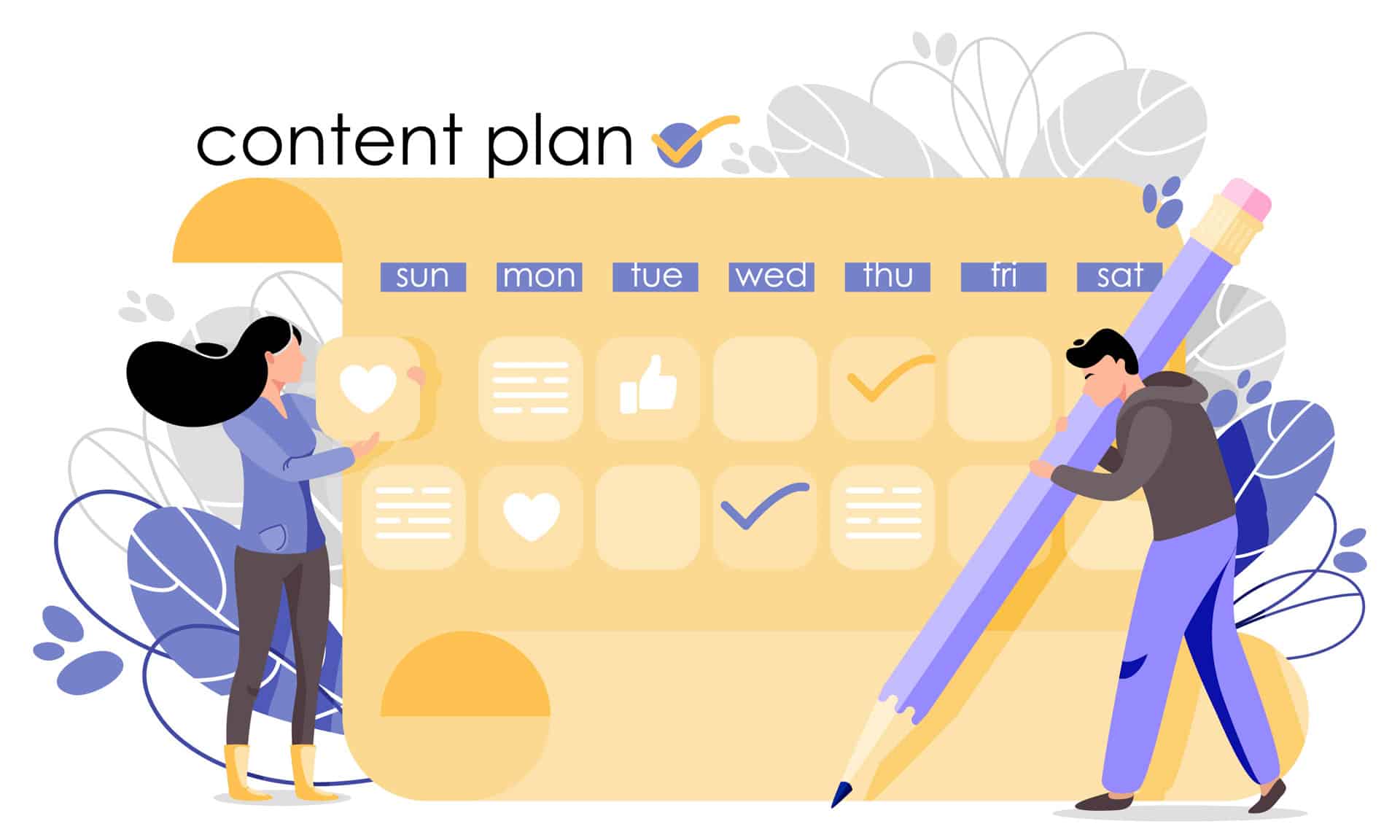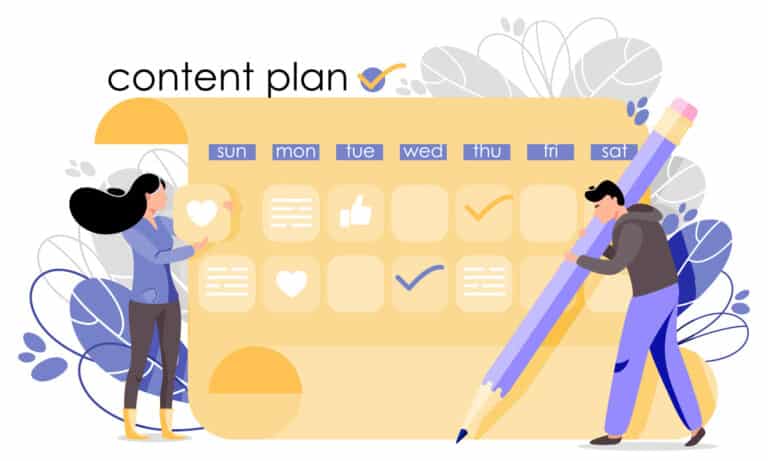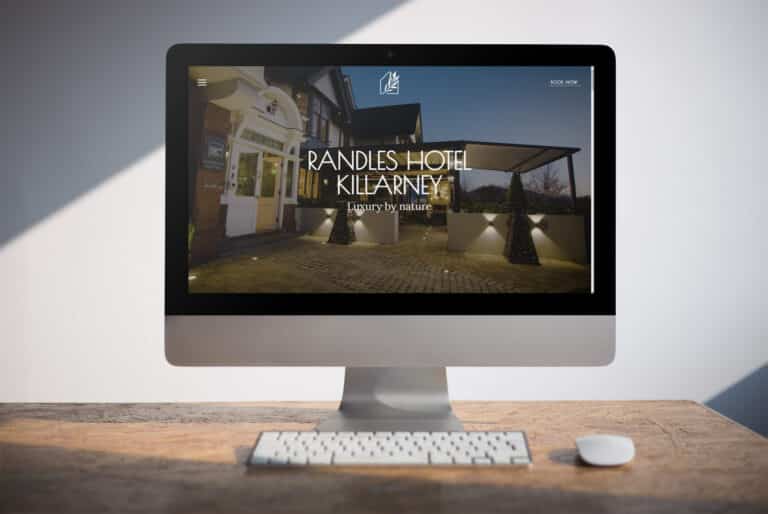In today’s digital world, customers move seamlessly between platforms – scrolling on Instagram, checking emails, searching on Google, and watching videos on YouTube. To reach them effectively, brands must embrace multi-channel marketing – meeting audiences where they are, when it matters.
But there’s a catch: more channels mean more work. More planning. More content. More reporting. And without the right systems, it’s easy to get overwhelmed or deliver mixed messages.
So, how do you juggle it all and still deliver consistent, high-impact campaigns? Here’s how to manage your multi-channel marketing strategy without burning out – or losing your message in the noise.
Start With a Clear Strategy
Before jumping into content creation or paid ads, take a step back. Define your core marketing objectives. What are you trying to achieve – brand awareness, lead generation, sales conversions, customer retention?
Next, map out which channels make sense for your audience. Email, SEO, PPC, social media, display, offline print – choose the platforms that align with your goals and where your customers actually spend their time.
You don’t need to be everywhere. You need to be relevant and strategic.
Centralise Your Campaign Planning
A single campaign can involve emails, social posts, blog content, display ads, video scripts, and more. To keep everything aligned, use one central campaign calendar.
This should include:
- Channel mix for each campaign.
- Launch dates and deadlines.
- Key messages and calls-to-action (CTAs).
- Asset requirements.
- Assigned team members.
Project management tools like Monday, Asana, Trello, or ClickUp can help you visualise the full picture, assign tasks, and ensure timelines stay on track.
A shared calendar also helps different departments including content, design, and paid media all stay in sync.
Repurpose Content (Smartly)
Creating unique content for every platform sounds great in theory, but in practice, it’s a time sink. Instead, repurpose your core message across formats.
For example:
- Turn a blog post into an email newsletter.
- Break a long-form video into shorter clips for Instagram Reels or TikTok.
- Use webinar highlights for a LinkedIn carousel or YouTube Shorts.
- Transform customer testimonials into social quotes or paid ad copy.
This keeps your messaging consistent while saving your team time and resources.
Tailor Messages for Each Platform
While your core message should stay consistent, how you say it needs to vary by platform. A Facebook post shouldn’t sound like a formal press release. An email shouldn’t read like a tweet.
Understand the audience expectations and content formats for each channel:
- LinkedIn: Professional, thought-leadership tone.
- Instagram: Visual storytelling, informal captions.
- Email: Direct, value-driven messaging.
- Google Ads: Concise, keyword-optimised copy.
- Blogs: Informative, long-form content.
Tailoring doesn’t mean creating something new each time – it means adjusting delivery without changing the core message.
Automate Where You Can
Automation is your best friend when managing multiple channels. Scheduling tools like Buffer, Hootsuite, or Meta Business Suite can help you plan and publish posts in advance.
Email platforms like Mailchimp, Klaviyo, or HubSpot allow automated sequences for onboarding, offers, or re-engagement campaigns.
You can also use UTM tracking to measure campaign performance across platforms and bring that data into one place with Google Analytics 4 or your CRM dashboard.
Automation keeps your marketing running even when your team is offline.
Keep a Consistent Brand Voice
With multiple team members working on different channels, consistency can slip. It’s crucial to have clear brand guidelines – not just logos and colours, but tone of voice, preferred phrasing, and key messaging pillars.
Ensure everyone from content writers to designers to ad buyers understand your brand’s personality and positioning.
Consistency builds trust, and trust builds results!
Monitor, Review, Optimise
Once your campaigns are live, the work doesn’t stop. Monitoring performance is essential. Are certain platforms underperforming? Is one audience segment clicking more than others?
Use data to understand what’s working – and what isn’t. Then make small, regular adjustments. Tweak your ad copy, update subject lines, shift budget to higher-performing channels.
This review loop keeps your multi-channel campaigns sharp and aligned with your objectives.
Check out our recent blog on A/B testing which will help make you achieve the most from each campaign.
Don’t Try To Do It All Alone
Multi-channel marketing is a team sport. Whether you’re an in-house marketeer or an agency professional, it’s important to delegate and collaborate.
Leverage the strengths of your wider team – copywriters, designers, PPC experts, strategists. Bring them into campaign planning early and encourage open communication throughout.
And if internal resources are stretched, consider outsourcing parts of the process – like paid media management, email marketing, or video production – to a trusted digital partner.
Final Thoughts
Multi-channel marketing isn’t about being on every platform – it’s about delivering the right message, at the right time, on the right channel.
With the right planning, tools, and team structure in place, you can manage your marketing efforts effectively without sacrificing quality or sanity.
So, start with strategy. Stay organised. Repurpose smartly. And keep your eye on the big picture.
Your audience is everywhere. And now, you can be too – without spreading yourself too thin.





